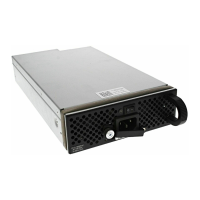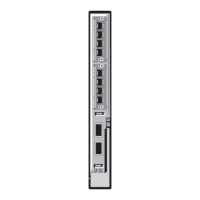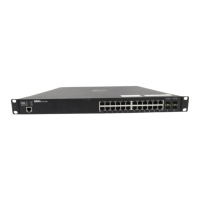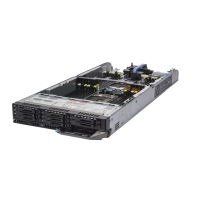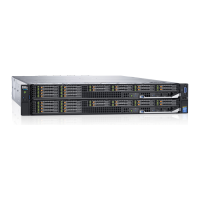Link Aggregation | 167
LAG Implementation Restrictions
Interface restrictions:
• All of the physical links of a LAG must run in full-duplex mode at the same speed. Set the speed and
mode of a port to that of the LAG before adding the port to the LAG.
• LAG speed may not be changed.
• Routing is not supported on links in a LAG.
• An interface can belong to only one LAG.
• SFTOS supports 48 LAGs, with a maximum of eight members each.
SFTOS supports IEEE 802.3 Clause 43 with minor exceptions:
• No optional features supported, e.g. Marker Generator/Receiver
• MUX machine implemented as coupled, not independent control
• Some MIB variables are not supported.
Link Aggregation—MIB Support
The IEEE 802.3 Annex 30c MIB objects that are not supported are:
• dot3adAggPortDebugTable
• dot3adAggPortStatsMarkerResponsePDUsRx
• dot3adAggPortStatsMarkerPDUsTx
• dot3adAggPortActorAdminSystemPriority
• dot3adAggPortActorOperSystemPriority
• dot3adAggPortPartnerAdminSystemPriority
• dot3adAggPortPartnerOperSystemPriority
• dot3adTablesLastChanged
Static LAG Requirements
Manual aggregation is disabled by default, and when enabled, applies to all LAG interfaces. Manual
aggregation uses the following default values:
• If an LACP PDU (Link Aggregation Control Protocol Protocol Data Unit) is received with different
values, the link will drop out.
• When all member links have dropped out, the group will re-aggregate with the new information.
If the partner does not respond with LACP PDUs, the system will wait three seconds and aggregate
manually.
The static LAG configuration should only be enabled if both parties are 802.3ad-compliant and have the
protocol enabled.
LAGs should be configured and STP-enabled on both devices before connecting cables.

